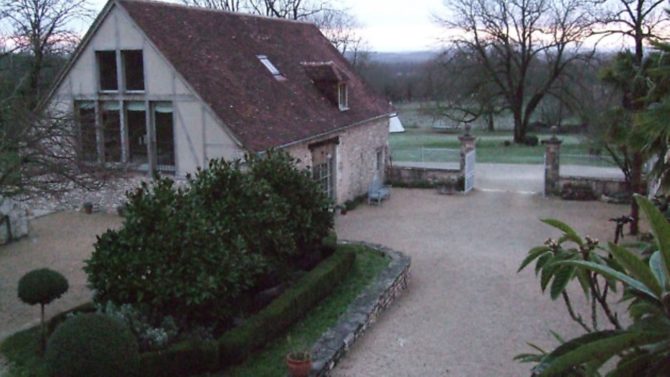Land boundaries

Ian Blackshaw offers some suggestions for dealing with boundary disputes
Disputes over boundaries of French country properties arise, from time to time, and for a variety of reasons.
You may wish to build a shed for storing firewood or establish a potager (vegetable garden) on the edge of your property. Or you might like to put up a fence to separate your property from that of your neighbour.
Maybe you want to make a ditch along one of your boundaries to help with the drainage of your land, or cut down a tree for firewood.
If your neighbour objects to any of these things, claiming, for example, that the tree is on his land and therefore belongs to him, you have a problem.
So what is the best way of settling these disputes which can generate a lot of strong feelings, emotions and tensions? We all have a well developed sense of proprietorship and a keen desire to exercise it.
FIND THE FACTS
The first thing to do is to check your title deeds. With French country properties, these usually include a plan with the boundaries marked out on it. However, this may not be definitive, because these boundaries may have been delineated for property tax assessment purposes such as for the taxe foncière (the annual land tax), as part of the cadastre plan.
If the title deeds are not helpful or unclear, the best thing to do is to try to reach an amicable agreement with your neighbour, as soon as possible. However, even if this course of action proves successful, this may settle the immediate dispute but by itself does not provide an authoritative solution that can be relied on in the future, especially if you or your neighbour moves or dies. In other words, such an agreement is personal to the parties who made it and will not, therefore, run with the land and bind future owners and occupiers.
In such cases, it is advisable to get a géomètre (land surveyor) to define the boundaries and then get the agreed boundaries incorporated in a plan which will be registered at the local Land Registry.
This may prove to be a costly exercise, as topographical or physical features on the land that may be shown on the title deeds plan may no longer exist, such as a ditch that has been filled in. Also your neighbour may not agree to bearing half, or indeed any, of the professional fees and registration costs involved, so you may be left to pay the bill.
KEEP THE PLOT
If an amicable course of action is not possible and having the boundaries definitively defined is particularly important to the landowner – not only for present purposes but also to avoid problems in the future – then it may be necessary, as a last resort, to go to court in a process known as bornage judiciaire. This may prove to be a costly and lengthy process and may also cause bad relations with your neighbour, which one always wishes to avoid if at all possible.
However, this may be unavoidable, as French judges do not suffer boundary infringements lightly and often require a fence or other structure built on the wrong side of a boundary to be removed or demolished.
Incidentally, where a géomètre does define the boundaries in a plan and physically delineates them on the ground with stone markers, known as bornages, any tampering with the position of these markers is a serious criminal matter and can result in up to two years’ imprisonment and fines of up to €30,000 imposed on the offender. Of course, this is always a matter of proof.
As you can see, boundary disputes in France can be quite problematic and not to be trifled with. I would recommend you seek professional advice at an early stage to resolve any issues satisfactorily.
Ian Blackshaw is an international lawyer
www.7valleysbandb.com
Share to: Facebook Twitter LinkedIn Email


